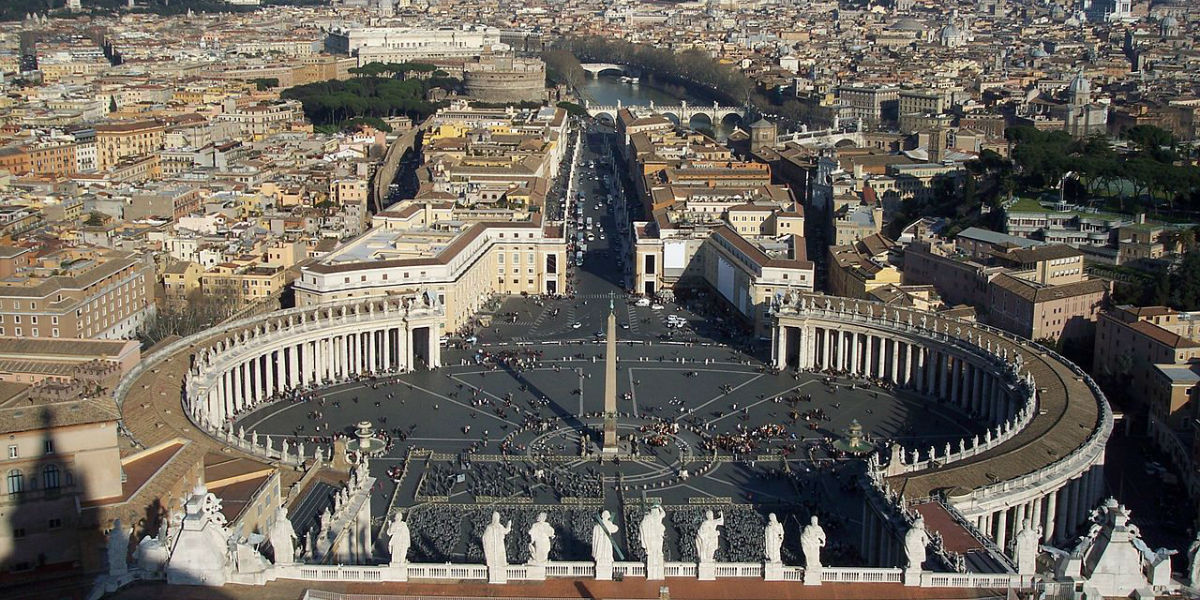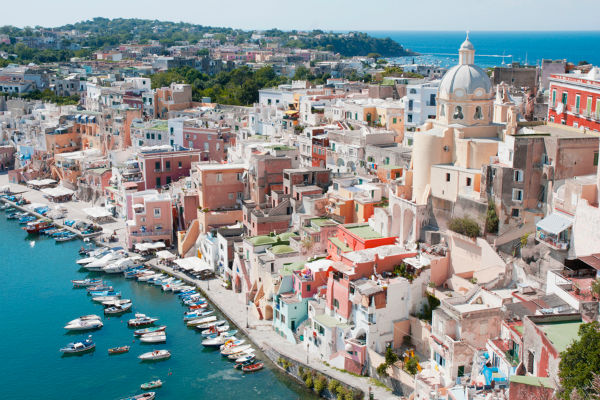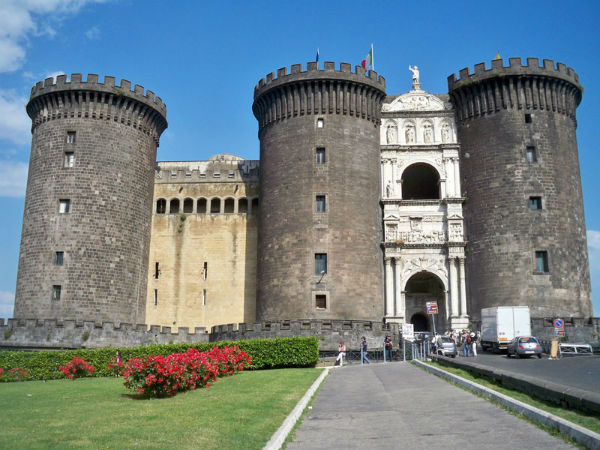Naples is the third largest city in Italy (after Rome and Milan). Up to date the city is a home to 1.5 million people. The city is located to the northern part of the Gulf of Naples which is the second largest gulf washing the shores of Italy (after the Gulf of Genoa). There is a large number of towns and cities located along the gulf.
The Gulf of Naples is the most populated region of the coast. Here you can find a large number of traces left from the Graeco-Roman era. The most famous “monument” is the ancient city of Pompeii which became a victim of the eruption of Vesuvius in 79 AD.
The exact circumstances regarding the foundation of Naples are yet unknown. Archaeologists and historians believe that the first inhabitants of the city were ancient Greeks – namely the colonists from neighboring Qom. But the specific details of this event has not been proved yet.
Some believe that Naples, the “new city”, appeared in contrast to Paleopoles, the “old town”. Others deny the existence of a previous settlement, believing that the colonists from Qum immediately founded the city in a place that now lies between Via Foria and the seaside promenade. In any case the location of Naples has been chosen very well. With its wonderful climate, lush vegetation and beautiful gulf views the city gained a steady reputation dating back to the Roman era that grew over the centuries in spite of the long-lasting periods of decadence and foreign domination.
It should be recognized that the foreigners reigning here (the Byzantines, Goths, Normans, Swabians, Angevins, Aragonese, Bourbons, the French) not only exploited these lands but also brought something new which eventually contributed to a harmonious picture of the Neapolitan civilization.
Romulus Augustulus, Tancred, Frederick II, Charles I of Naples, John I, Ferdinand I of Aragon, Philip II of Habsburg, the Viceroy Don Pedro Toledo, Joachim Murat – this is a short list of rulers whose ambitions and projects, greed and patronage, calculations and madness left an indelible imprint on the local history. Numerous monuments – churches, statues, mansions, aqueducts, squares – have survived from their reign.
Among the festivals and hunger, war and peace, Naples has never lost its important value – a sense of independence. Even under the most repressive rule townspeople managed to keep their freedom, sometimes spilling out into violent uprisings such as the famous revolt of Masaniello.
But even leaving aside this overt disobedience we should emphasize that every Neapolitan has some inner freedom which is the integral part of his mentality and, perhaps, is not expressed in the meetings on the square. Fighting for their identity for centuries locals forged their brand of pure “Neapolitans”. The habitual cheerfulness of local people, their energy, humanity, self-esteem and ability to overcome all the difficulties of the uneasy historical path of Naples cannot be explained by other facts besides freedom.
Naples is a city of art; it appears like the art is born in the Neapolitan soil itself, in the most simple aspects of life, folk songs and dances culminating in the great monuments of architecture, paintings and sculptures. Streets paved with fascinating monuments are filled with a crowd that shaping real Naples. The lives of local people despite being often criticized and erroneously interpreted cannot be compared with anything else. Visitors to the city will see a truly exotic picture: smugglers, revelers, brisk “Bambini” and “Ragazzi”, hissing sounds of the local dialect, sin and holiness are reigning in the streets of Naples. It seems that you are completely out of Italy but at the same time a unique face of Apennine peninsula turfs its mask in front of you. Not by chance Paul Muratov who visited this region in the beginning of the century described only reigning spirit of the city: “Those who had not been to Naples, did not see the spectacle of national life.” This great city gives visitors the atmosphere of ancient and profound culture, a sense of celebration as well as the art of living which are so typical to Neapolitans.
Places of interest
You can visit the following sights once purchasing a tour to Naples:
• The Municipality Square (Piazza del Municipio) from which you can see the castle Sant`Elmo (Castel Sant`Elmo); Fortress Maschio Andzhionio (ie Anjou dungeon); Royal Palace
• Galleria of Umberto I (Galleria Umberto I)
• Church of St. Ferdinand
• Church of Santa Anna dei Lombardy (Chiesa di S. Anna dei Lombardi) on the Carita Square (Piazza Carita)
• Church of Gesu Nuovo (Chiesa del Gesu Nuovo) on the eponymous square
• Teatro San Carlo (Tearto di S. Carlo) on the same street
• Basilica of San Francesco di Paola (Chiesa di S. Francesco di Paola) on the Plebiscito Square (Piazza del Plebiscito)
• National Archaeological Museum (Museo Archeologico Nazionale) on the Cavour Square (Piazza Cavour)




